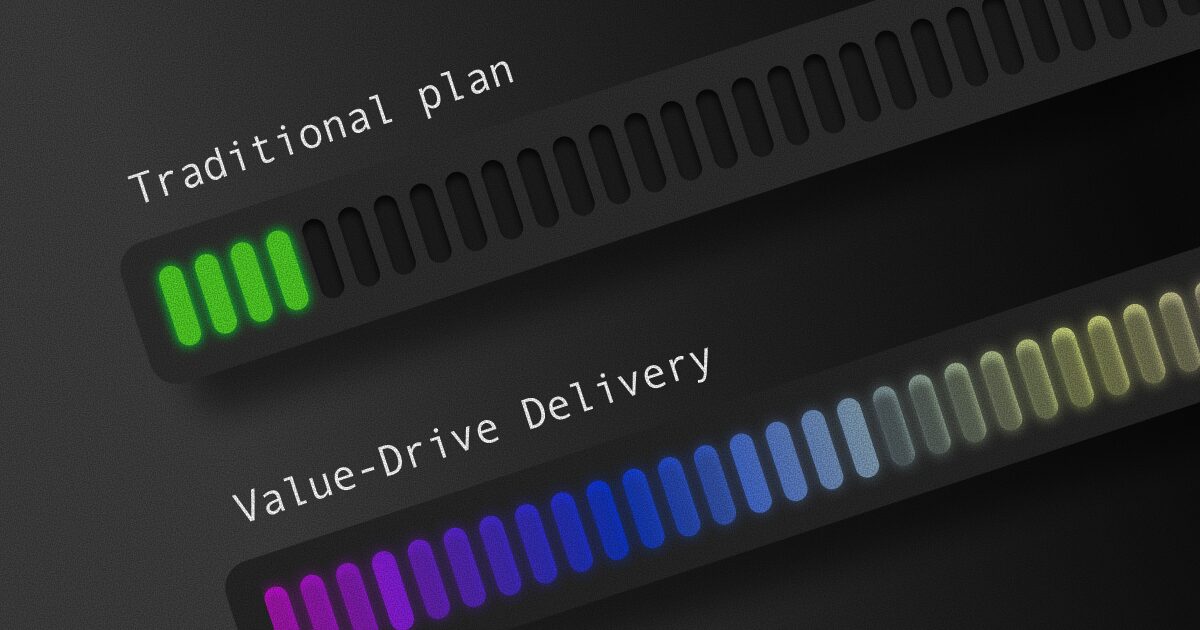April 20, 2023 - 4 min
Evolve and Involve in Mentorship

Last year we started an internal business analysis mentorship program. Find out how we prepared, all about the commitment factor, and why it was a rollercoaster.
What started as an experiment turned out to be an extensive program where both the mentor and mentee learn from each other.
Milestones and activities during the mentorship program:
- the whole experience took 3 months
- 4 participants, 2 mentees + 2 mentors
- established resources and competency models were used
- daily standups and constant engagement
- hands-on experience in practice.
I had the privilege of working with Iva Bubicic and Mateja Baric with their dedication to work and willingness to learn as mentees. On the mentor side, Jelena Frlan and I were preparing mentorship materials and hoping not to make too many mistakes along the way, as both of us were in that role for the first time.
A combination of both, mentees and mentors, turned out to be an interesting and well-working journey.
Body of the mentorship program
The goal of the mentorship program was the onboarding and adaptation of junior business analysts to gain the knowledge and skills needed for independent work. We had a lot of back and forth in brainstorming with everyone engaged in thinking of different situations, competencies, and techniques needed in everyday work.
Initial activities revolved around research and getting to know each other. The idea was to get to know the background of our mentees through self-assessment tasks and give them time to explore Q’s knowledge base, both for business analysis and the overall organization.

Personal notebook – Initial mentorship activities
As a result, based on theoretical assumptions, we could prepare conceptual assignments to work with mentees in practice. One of the mentorship treasures was Jelena Frlan’s preparation of a business analyst framework that combines Q’s internal business analyst competency model and official IIBA materials.
“This way tracking progress, techniques, and skills needed for business analysts is much easier, user-friendly and most importantly, measurable.“
An example from the framework:
- development of documentation writing skills
- using user flow diagrams as desired behavior
- applying process modeling and applicable tools as references.

A segment of Q’s internal BA framework
P.S. Warm recommendation for any business analyst out there to take IIBA’s competency assessment to find their proficiency level based on different knowledge areas and techniques defined by the IIBA BABOK guide. Assessment and materials are available to IIBA members only.
Little less action, little more conversation
During a retrospective session, on both mentee’s and the mentor’s side, a key takeaway was the moment of hearing and listening. Mentees recognized and appreciated when their voices were heard and, based on their feedback, changes in mentorship were applied.
From personal experience, one of those situations was when the weekly activities assigned rapidly grew with deadlines coming closer. By being honest and with mutual openness, we talked through it and agreed to use a centralized activities tracker, displayed below.
Why was the activity tracker good in the long term? In short — because of awareness and mutual understanding of agreed points. Cross-functional and overlapping tasks are normal in everyday work but tracking priorities and expectations help in better delivery for individuals and keep everyone on the same page.

Activities tracker
The challenge of clear and timely communication
Even though the whole experience was successful and overall very positive, we did have tricky situations where we needed to confront each other and discuss some not-so-nice things.
With time and constant daily communication, our mentees started shadowing each mentor on projects with real-life scenarios. That has led us to more and more concrete tasks over time. The idea behind one of the tasks was that our mentees worked together on different user journeys and prepared supporting user diagrams for those.
Where we failed as mentors were giving the exact same inputs to both mentees. Oh, the curse of team tasks! ? While being part of a team task it’s crucial to ask questions on both sides and interact to make perception work in the right direction.
“It shows us how perception really is everything. To one person maybe it seems everything is said and the other side knows the next steps but on the other side questions and insecurity may arise.”
What did we want to achieve? Raising attention on situations where:
- few inputs are given and you need to provide delivery
- relying on team members and the value of collective responsibility is core
- concentrate on quality over quantity.
Our main challenges as mentors revolved around:
- interpersonal communication with too many assumptions made
- lack of self-awareness regarding our approach, ideas, and comments in certain situations toward our mentees.
It’s crucial to find a way to articulate the message. While doing so, it is always wise to double-check if the other side understood the message and that you have a mutual understanding of the situation. Consultancy is the key.
Learning loop on repeat
After 3 months of close collaboration, we determined that our dear mentees were ready to “go live”. Both of the mentees validated our decision by doing an extremely good job on the projects assigned, growing, and applying methods from the mentorship program.
Overall, in Q, we will continue the learning loop — expand the mentorship program and use the mentorship outline as a basis. If feasible, I would strongly encourage you to apply some techniques while onboarding new colleagues.
Any questions about the mentorship program? Feel free to contact us directly and share your thoughts.
Give Kudos by sharing the post!





